Bobcat
Lynx rufus
Class
Mammalia
Order
Carnivora
Family
Felidae
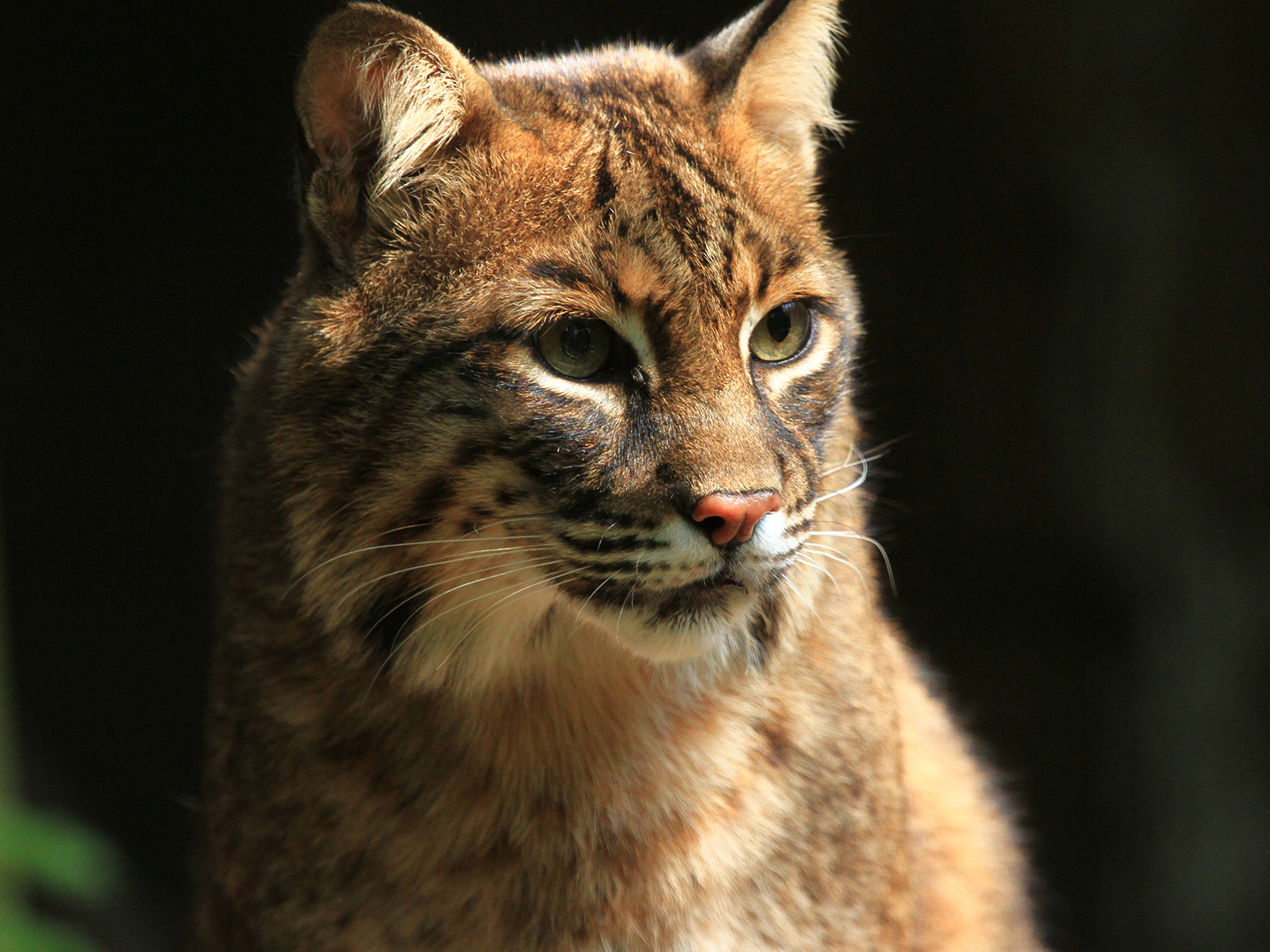
Mammalia
Carnivora
Felidae
Southern Canada, United States, and parts of Mexico
Length: 2 - 3.5 ft
Weight: 15 - 35 lbs
Temperate forests, semideserts, mountains, deserts, swamps, and scrubland
1 - 6 kittens
Gestation: 50 -70 days
Rabbits, squirrels, mice, deer, birds, reptiles, and insects
Least Concern
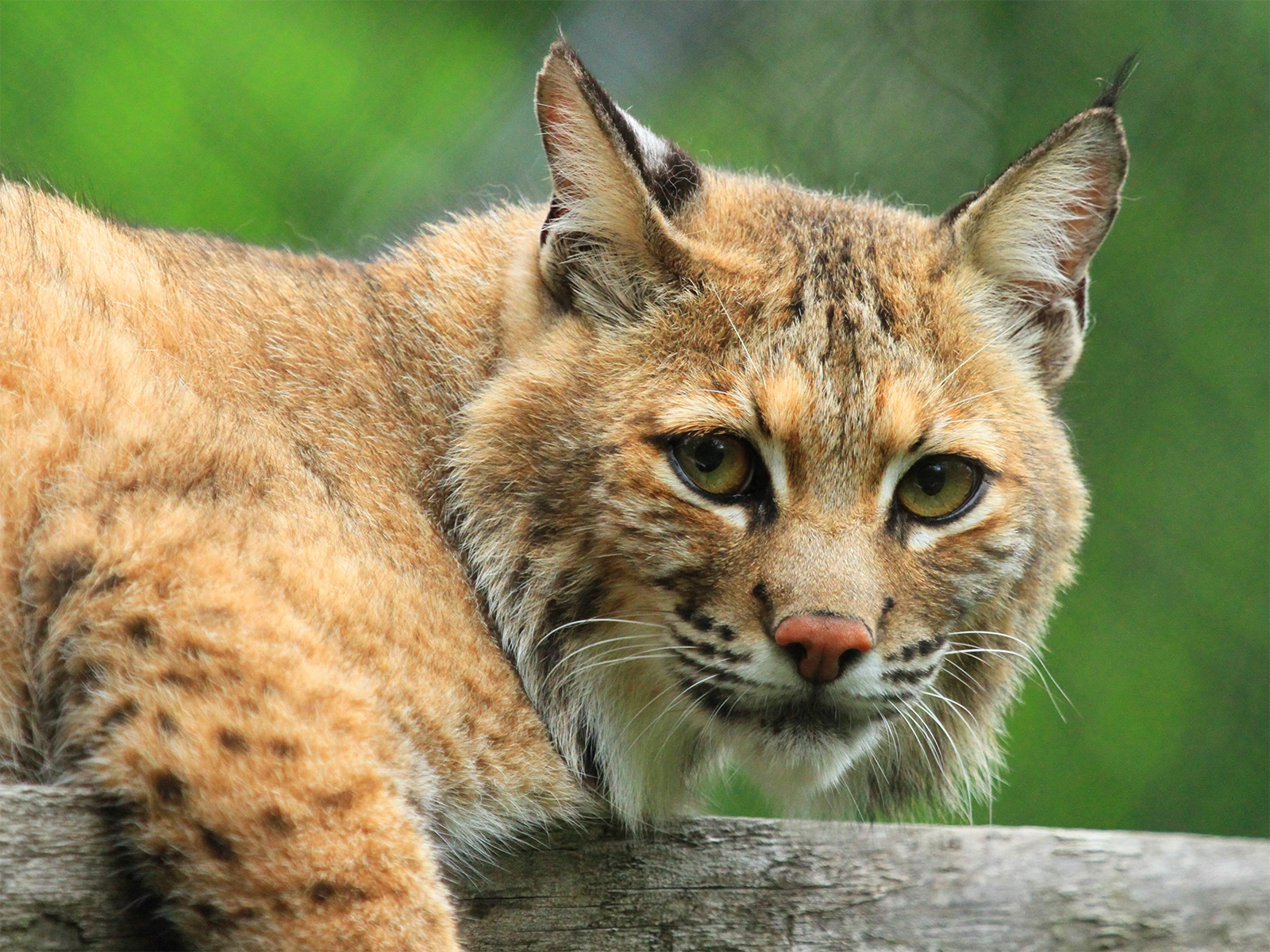
Bobcats are solitary, nocturnal, and good climbers. Territories are established with scent markings. The bobcat is North America's most common native cat.
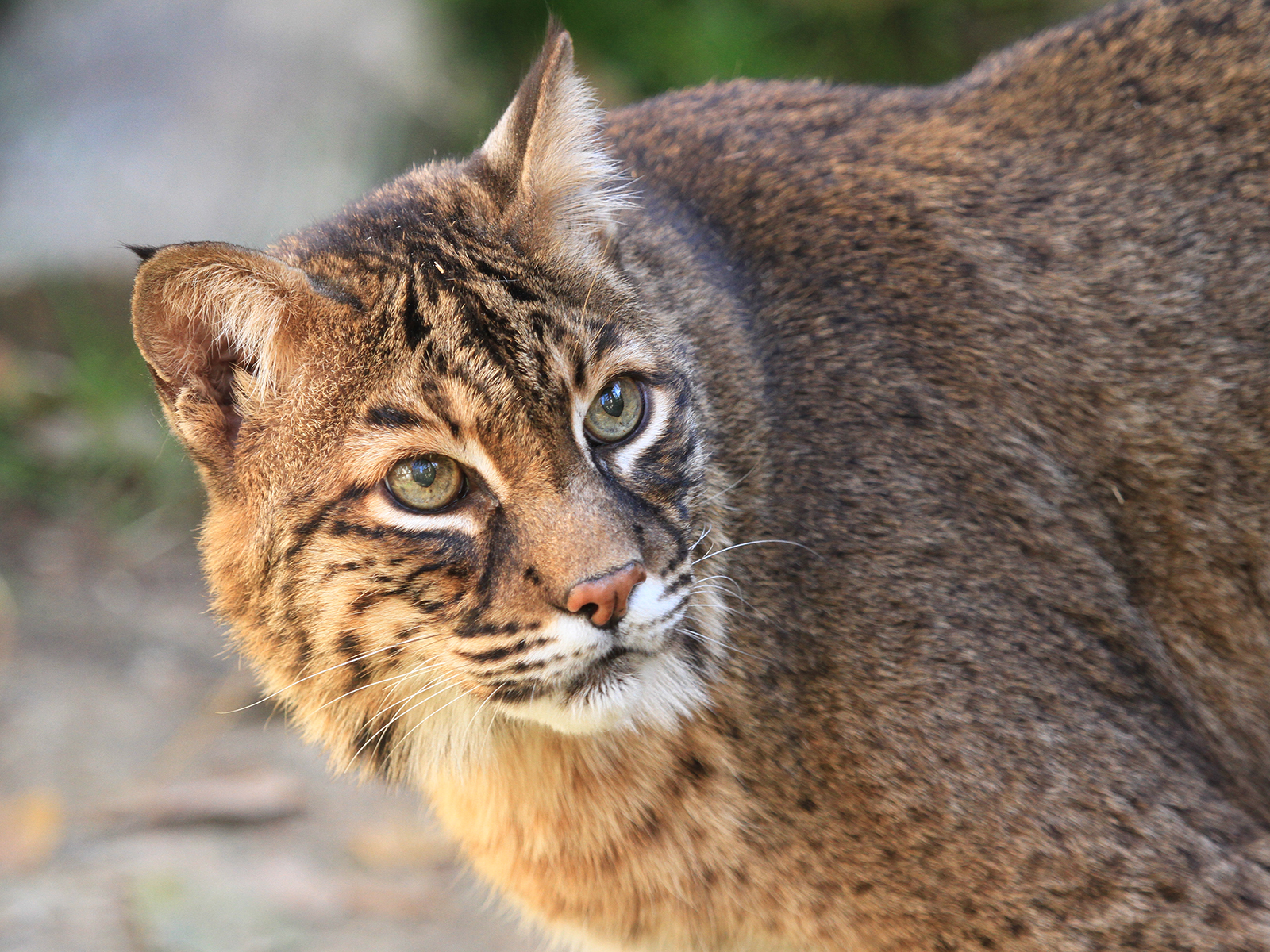
Bobcats are ambush hunters. They can bring down prey as large as an adult deer nearly ten times its own weight! Bobcats often compete with coyotes for the same food and shelter.
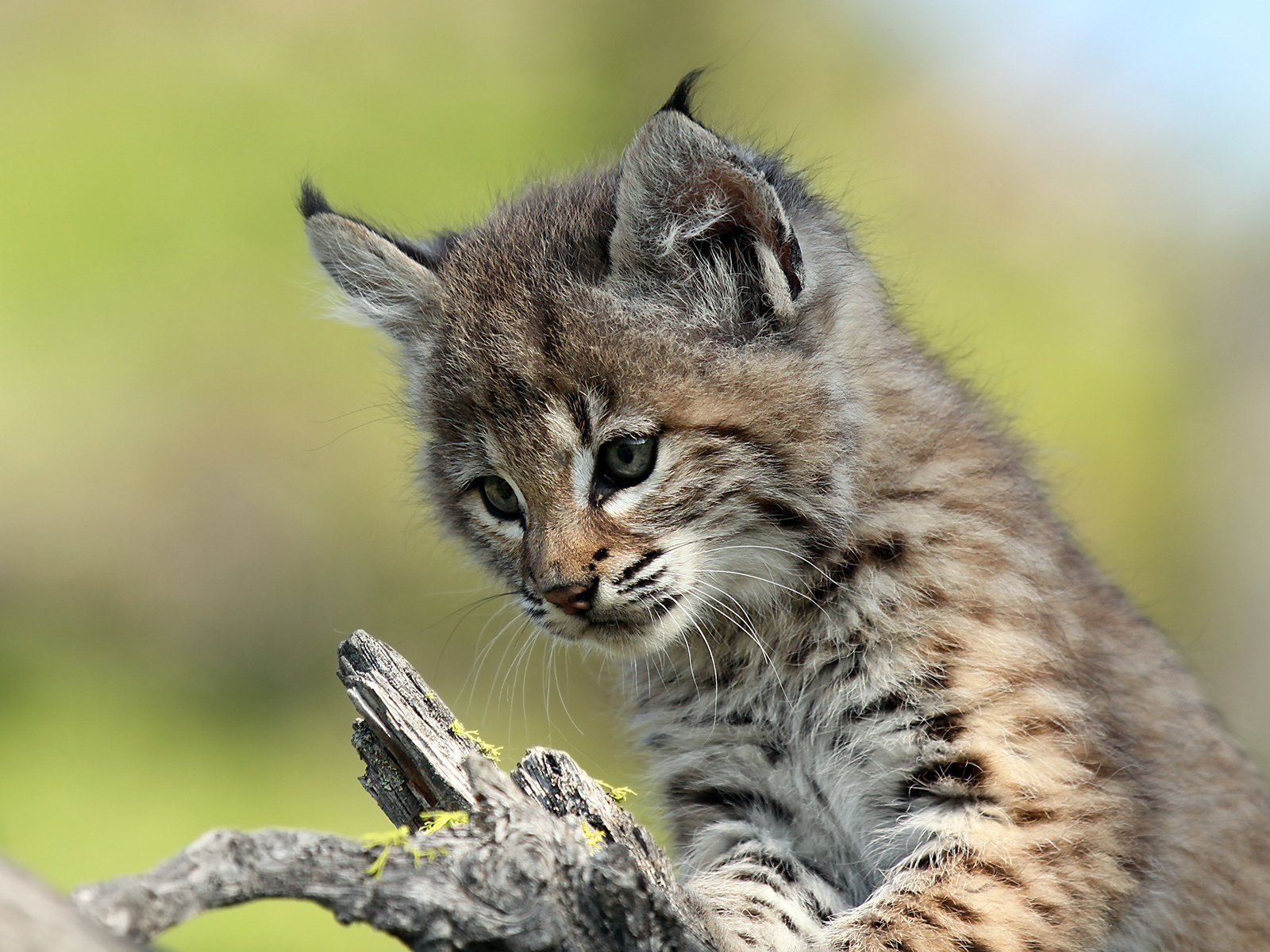
Their den is usually well-concealed, in a dense thicket, hollow tree, or rock cavity. Young are typically born in the spring. The female nurses the kittens for two months.

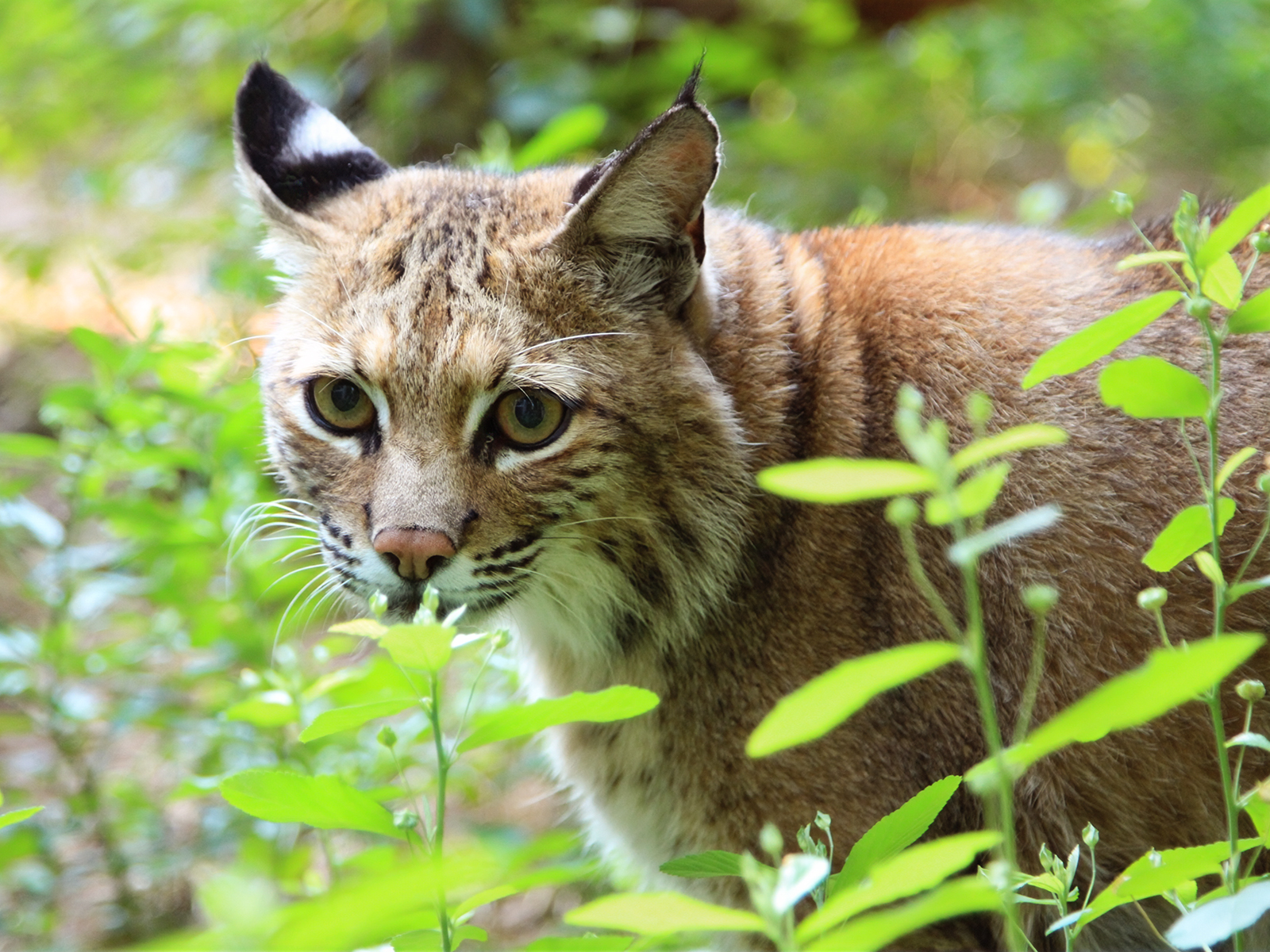
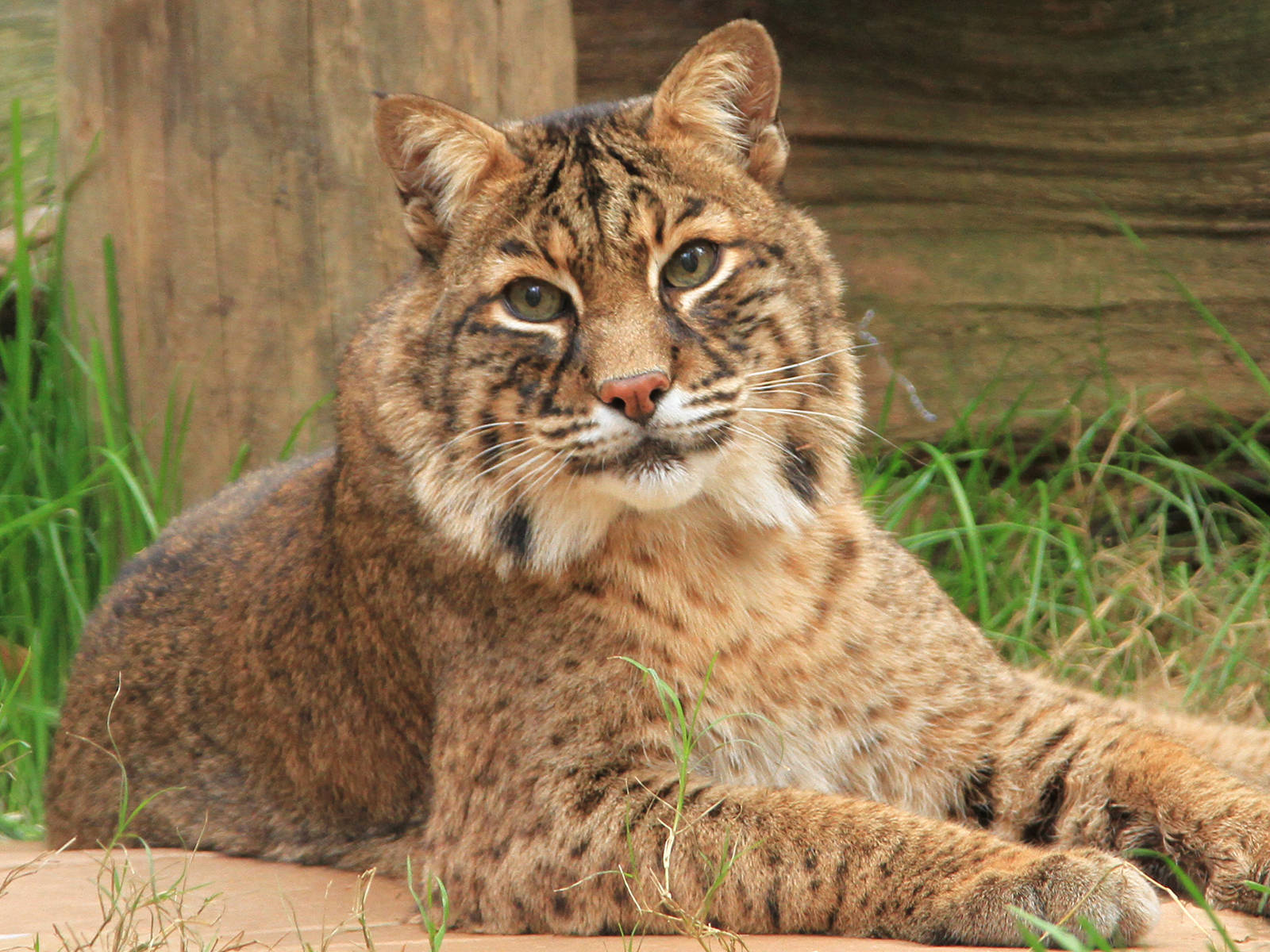
Habitat loss is viewed as the primary threat to bobcats. They are also hunted for their fur.
Bobcats are vital to Louisiana's ecosystem, acting as key predators that help control populations of small animals like rodents and rabbits. By doing so, they maintain a healthy balance in the food web and can even help limit the spread of diseases carried by their prey. Louisiana residents can help these wild cats by simply coexisting with them: secure your garbage, feed pets indoors, and make sure any small livestock are in predator-proof enclosures.